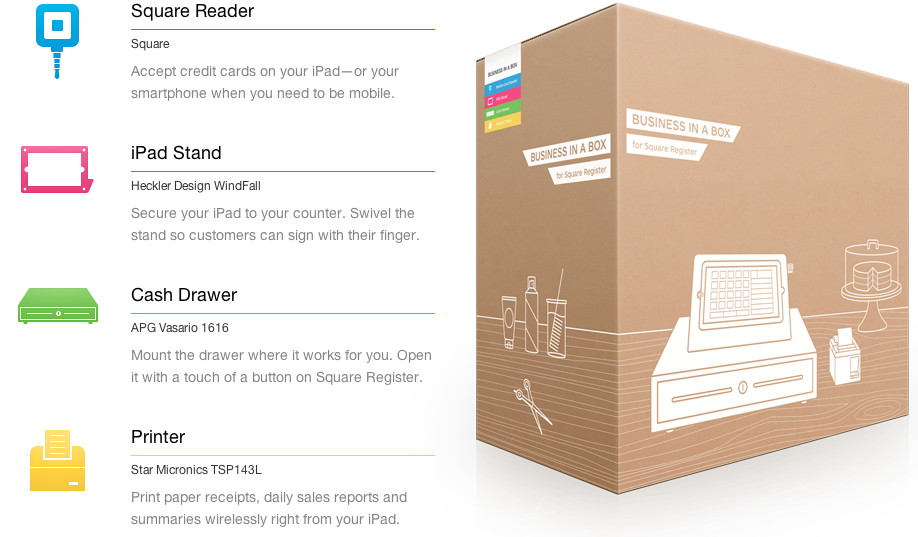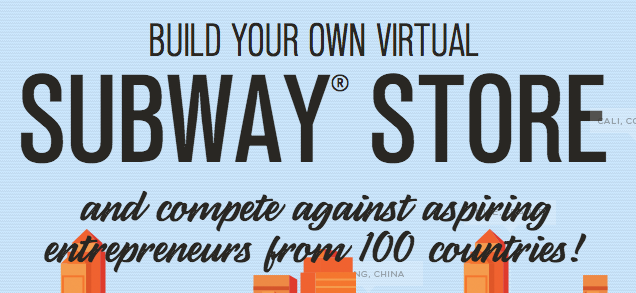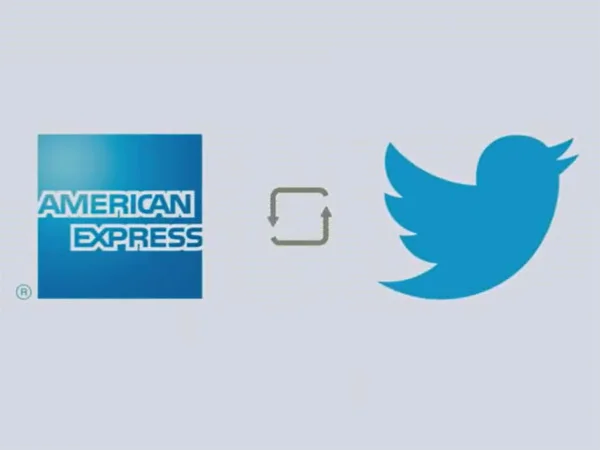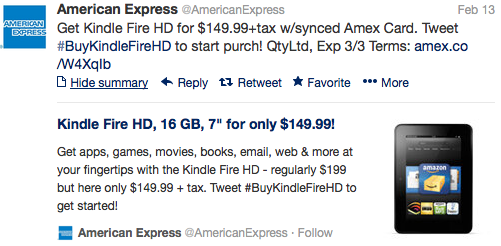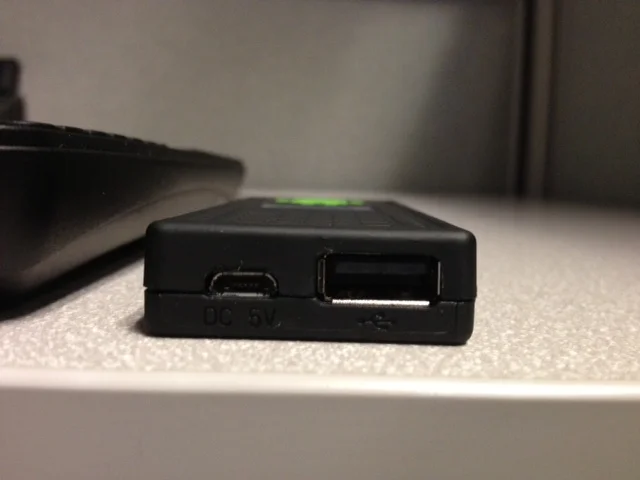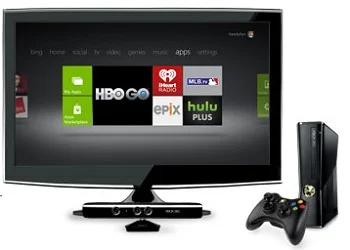Timeless Cafe - A secret cafe in Waterloo.
I recently came across a brilliant article in Fast Company about a secret 1,500 calorie super burrito by Chipotle called, "the quesarito." The article details the author's quest for this secret menu item in a fairy tale like fashion.
Every year for the past few years, Gary Vaynerchuck has hosted a secret wine party at South by Southwest. He tweets out a location late at night and then that location suddenly turns into a raging party. It's magical. It's the power of community building.
These kinds of things got me thinking about secrets. If used in the proper way, secrets can be extremely valuable to brands. Secrets almost always have a story behind them and stories are easy to share.
Here are three characteristics of secrets and how to use them:
- They make someone feel special -- Start with your most loyal customer, or a loyal group of influencers. Tell them something, show them something. They already love what you do so why not give them a reason to love you more? Whatever you show them has to be exclusive and has to be legitimate. It has to be something so good that they will actually be bursting at the seams wanting to share it.
- They can be remarkable -- A 1,500 calorie burrito. A free-flowing wine party. Do something outrageous. Don't do it often. In fact, the less often the better. Allow the secrecy to build. When it comes to light though, make sure that it is worthy of being remarked about half-way across the world. That's the kind of outrageous I'm talking about.
- They can be designed to spread -- If you could make your secret one thing, make it an experience. If it's a restaurant menu item, use a different language to order it. If it's a party, use some kind of code sign to get in. Make your secret revealing experience like a scene out of a thrilling spy movie. The experience is what will make the story. The story is what will spread.
Humans can keep good secrets. Brands can keep them too.
What's your Quesarito?



